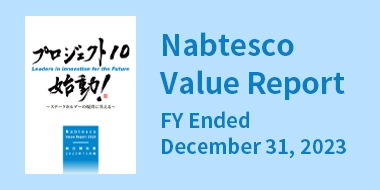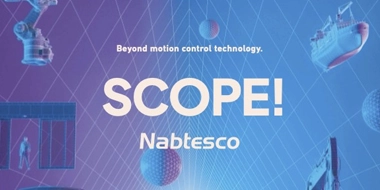
Tackling the Challenges of the Maritime Shipping Industry
The Relentless Pursuit of Autonomous Ships
In recent years, the surge in global demand for logistics has been a strong tailwind for the maritime shipping industry. At the same time, the sector faces two major trends that demand immediate solutions: labor savings and decarbonization.
In response, Nabtesco established a vision in 2020 aimed at realizing autonomous ships as a way to address both challenges. Now, in 2025, halfway to the envisioned state of the Marine Control Systems Company in 2030, the company has introduced four essential products for autonomous navigation.
What hurdles still lie ahead, and how much further is there to go? We spoke with two key members of the development and design teams to look back on the journey so far and look ahead to what's next.
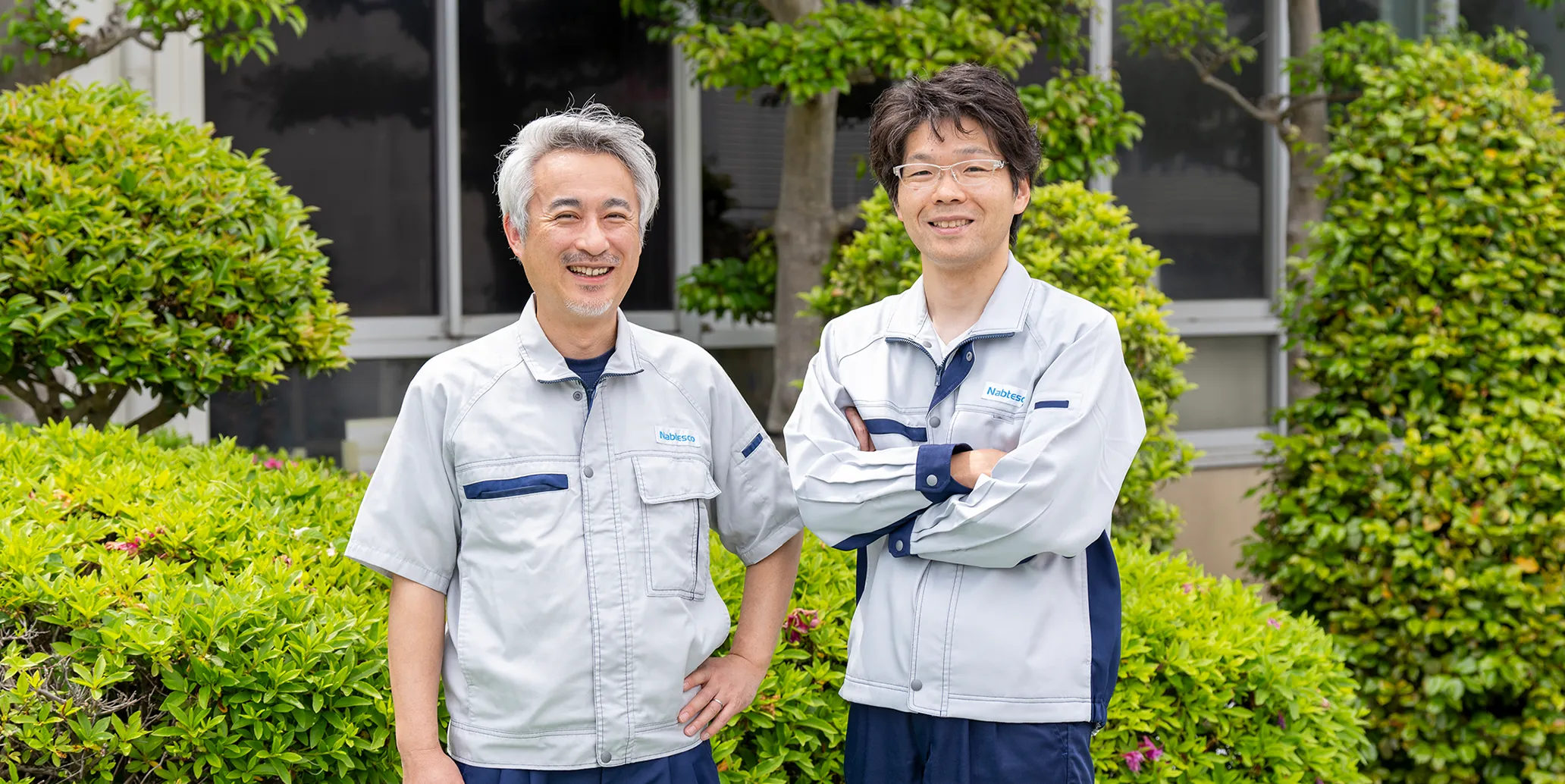
The key challenges: Labor savings and decarbonization
Let's begin with the two major trends currently shaping the maritime shipping industry.
Kawasaki : As you know, cross-border logistics have been growing rapidly in recent years, and maritime shipping plays a critical role in maintaining convenience for users around the globe. But as demand continues to rise, we're also seeing a serious shortage of seafarers. In Japan, this is compounded by broader social issues like a declining birthrate and shrinking population. The workforce is aging, and the problem is becoming more acute with each passing year. That's why, in addition to efforts to recruit and train new talent, there's increasing demand for labor-saving solutions like autonomous ships, various control systems, and remote operation and diagnostic tools that leverage cutting-edge technology.
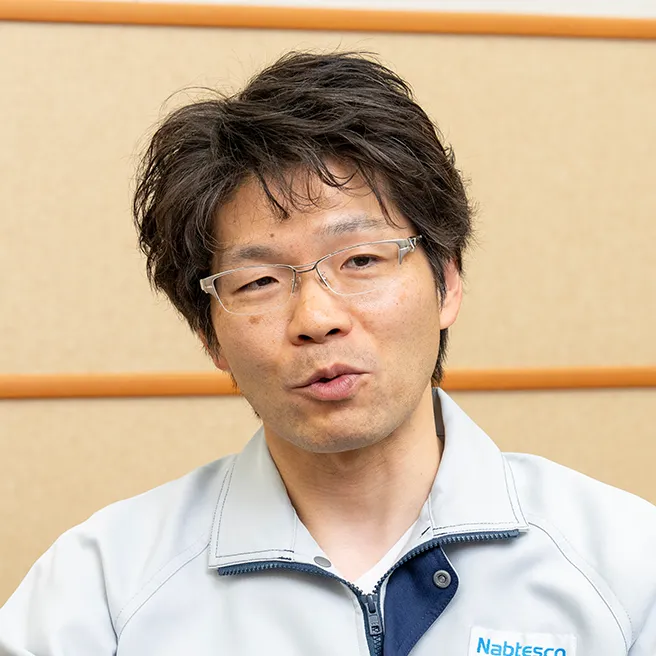
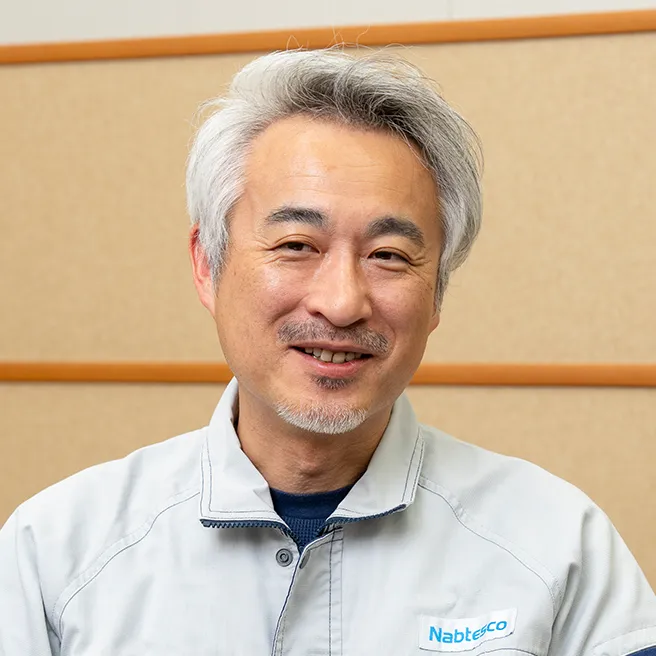
Maeda : The other major trend is decarbonization. It's a key topic across all industries, but especially in Europe, where many countries are leading the way on environmental policy. Shipping companies there are now subject to strict regulations on greenhouse gas emissions. That's brought greater focus not just to switching over to low-emission alternative fuels to minimize environmental impact, but also to improving fuel efficiency during operations.
So this project got underway in 2020 in response to those industry trends. How did each of you become involved?
Kawasaki : Back in 2018, I was assigned to work at a shipping company on secondment. That experience gave me a firsthand look at the real-world challenges and needs of the maritime industry—things that can't be fully grasped just by working at a desk. That experience gave me a real end-user perspective, and in a way, it laid the groundwork for this project. After spending about two and a half years there, I returned to Nabtesco in 2020 and joined the Technology Strategy Group, where I've been leading the development of the technologies needed to bring our vision to life.
Maeda : I've spent most of my career in roles that kept me close to the field, particularly in after-sales service for marine products. I was based in Singapore for over 10 years in total. After returning to Japan in 2021, I worked in the Service and Planning Departments, and now I'm in the Design Department, leading a newly formed team called the Business Solutions Group. The idea was for this group to explore new partnerships with other companies, and that led to my involvement in this project. Broadly speaking, Mr. Kawasaki leads the technical development of products, while I focus on the business side, coordinating both internal and external partners to turn those technologies into viable products.
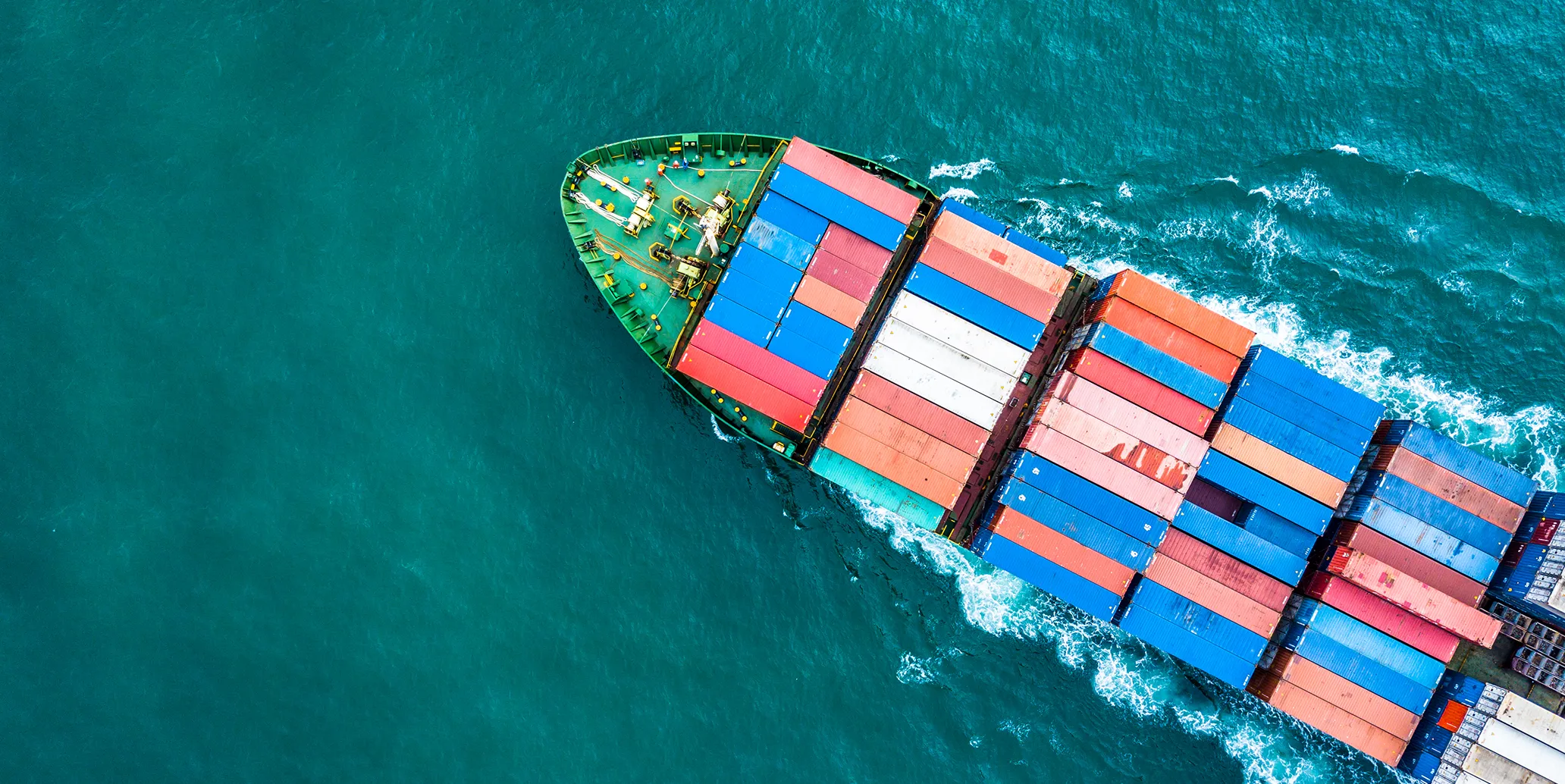
AI and control technology: A new step forward for ships
To date, four products have been released: Telegraph Agent, Pythia, Cassandra, and HyperPilot. Could you tell us about the features of each of these?
Maeda : In the case of automobiles, speed is almost solely determined by tire rotations, but the speed of large ships is a bit more complicated. In addition to the engine's RPM, external factors such as wave height and wind strength (disturbances) greatly affect the speed of the ship. Typically, captains rely on experience and intuition to determine the speed needed to arrive on time. However, these four products have changed that common sense.
Kawasaki : Pythia is like a car's navigation system. It incorporates weather and sea conditions, as well as live data from each ship, such as hull fouling and engine status, which can be monitored using Cassandra. Using AI, it calculates the optimal route and ship speed. This data is then received by HyperPilot, installed on the hull of the ship. If this information is entered into Telegraph Agent, the engine's RPM is automatically adjusted to match the determined speed.
Maeda : By controlling the speed based on data rather than relying solely on the captain's experience, we can contribute to reducing labor requirements for ship operations. Additionally, since we can obtain the most efficient route planning, this also leads to fuel savings. We're solving both challenges simultaneously.
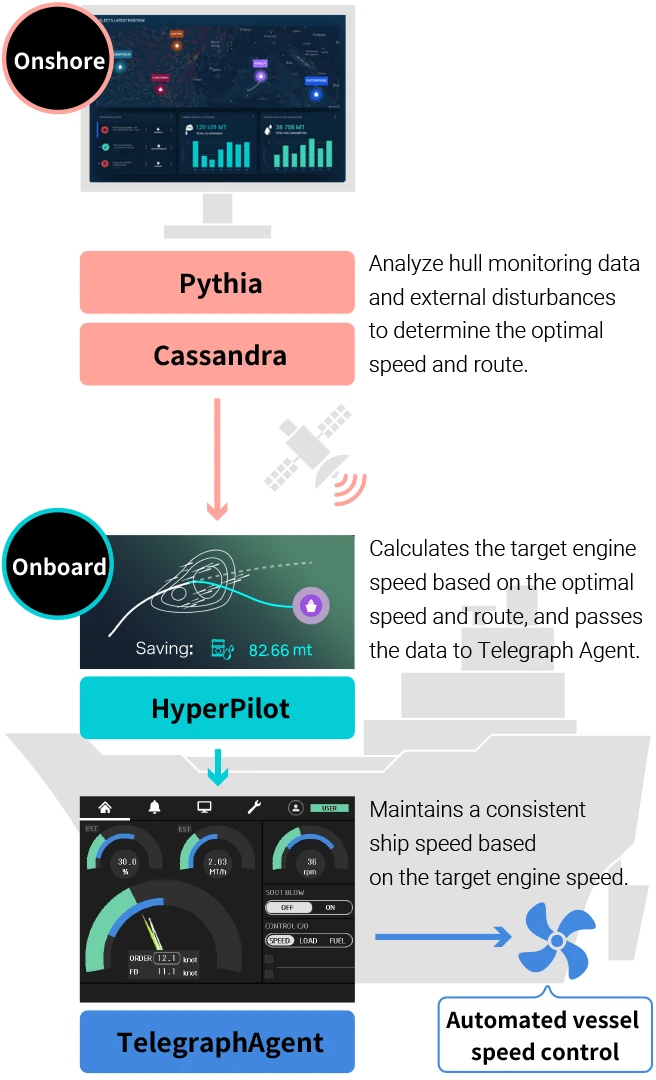
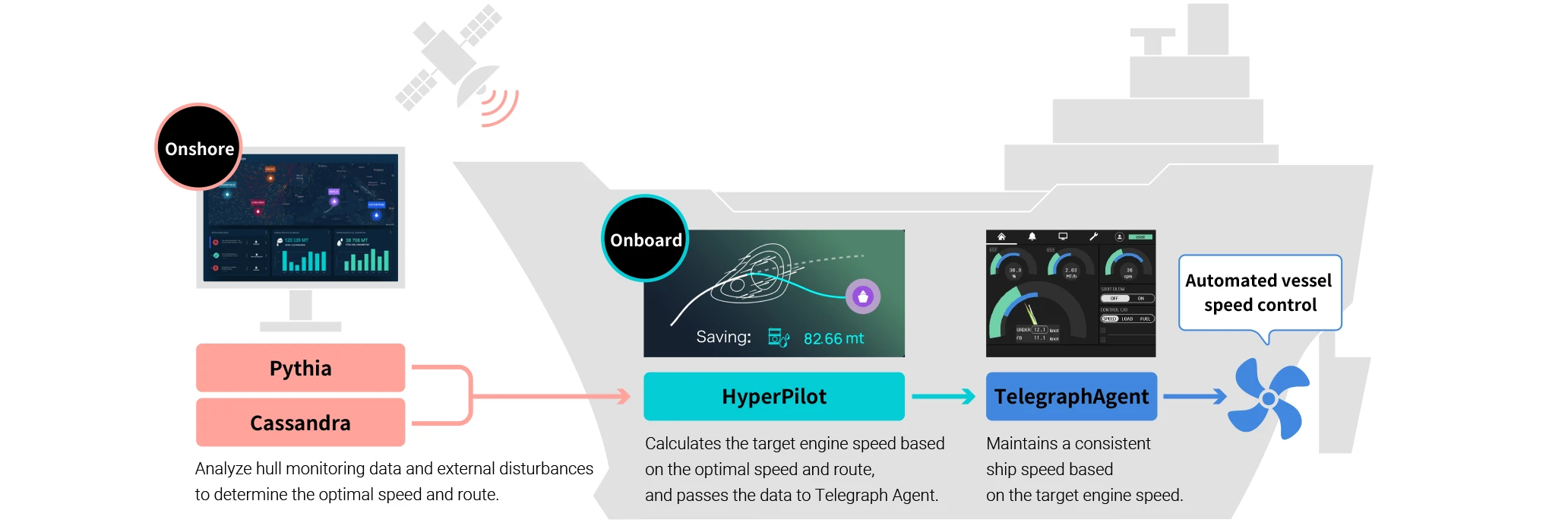
I heard that Pythia and Cassandra were developed through open innovation with DeepSea Technologies, based in Greece.
Kawasaki : Yes. We were certain that to build autonomous ships, it was absolutely essential that we adopt an approach called "model predictive control," which models dynamic characteristics and optimizes hull control. While we were confident in our control-related technology, we lacked expertise in machine learning and AI to create the necessary models. It was during this search for a solution that we partnered with DeepSea.
Maeda : As a company that has primarily provided hardware, we recognized a gap in our AI capabilities. On the other hand, DeepSea is a software-focused company with many AI experts and engineers. They also have deep knowledge in maritime engineering, with several former captains and people with practical experience in the shipping industry. They are a company with fascinating technology and personnel, and we saw great synergy potential in collaborating with them. We began this collaboration in 2021, initially through CVC investment.
So in the end, you decided to go through with an M&A.
Maeda : That's right. As we mentioned earlier, the challenges facing the shipping industry are urgent and need to be addressed as quickly as possible. And we're not the only ones facing them—these are issues shared across the industry. Many other companies are also exploring similar areas of technological development. To stay ahead, solve these challenges quickly, and position ourselves as a pioneer in autonomous shipping, we made the decision in 2023 to acquire DeepSea and make it a consolidated subsidiary.
Kawasaki : We'd been working closely with DeepSea on joint research and development, so if that technology were to end up in the hands of another company, all the progress we made could have gone to waste.
Maeda : This move wasn't just about our Marine Control Systems Company—it also aligned with Nabtesco Group's broader strategy of promoting open innovation. As I mentioned earlier, our company has traditionally focused on hardware. While we do provide maintenance and support, the core business model has been about selling the hardware itself. DeepSea, on the other hand, excels at software-based services, including subscription models. We saw this as a valuable opportunity to expand the kind of value Nabtesco Group can offer moving forward.
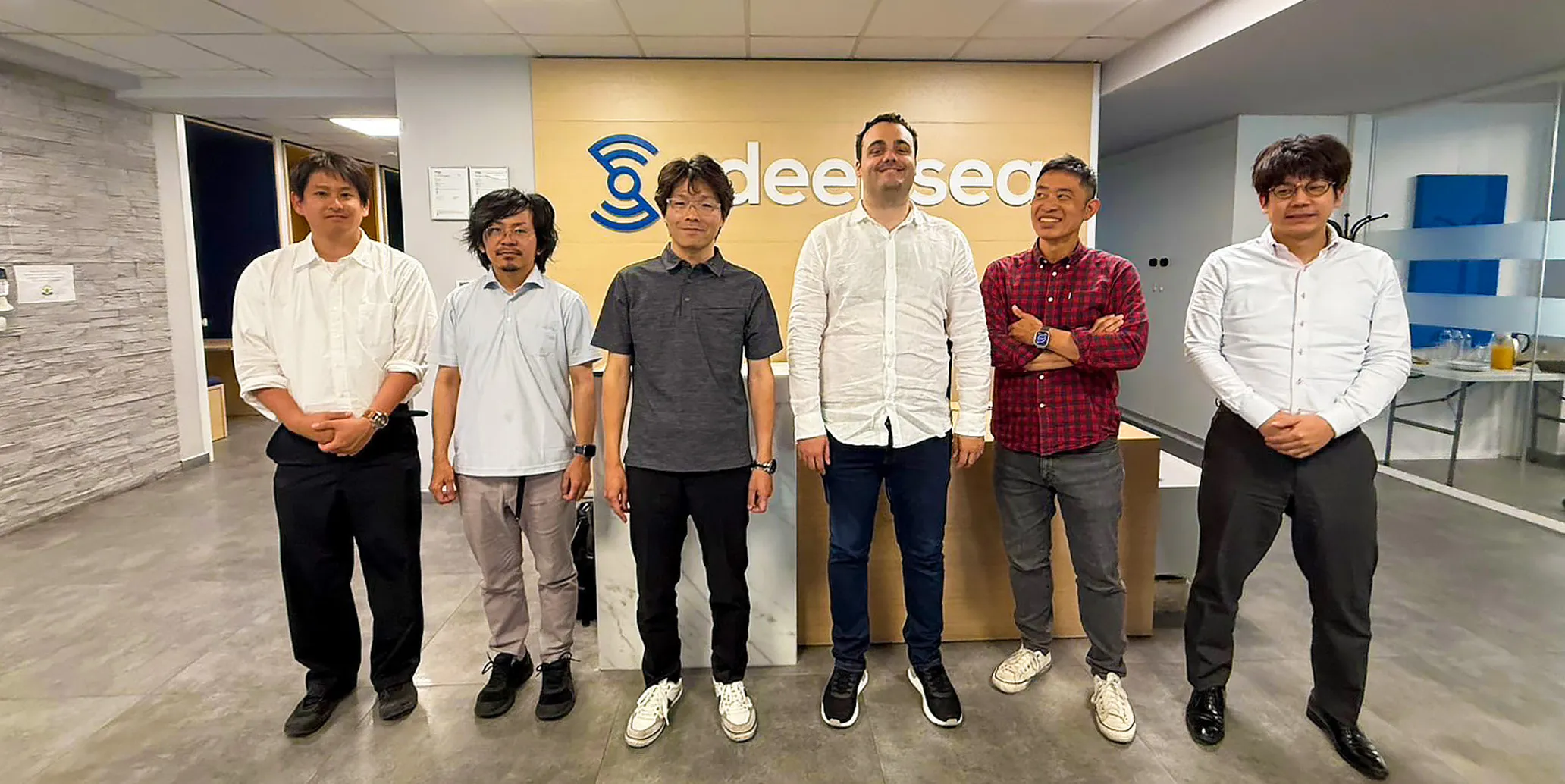
We've made it work. But widespread adoption is still a way off.
What kind of feedback have you received from users so far?
Maeda : One European company that trialed Pythia for about a year compared fuel efficiency before and after using it, and found an improvement of roughly 7%. As I said earlier, Europe enforces strict regulations on greenhouse gas emissions, so they were extremely satisfied with that result. Based on that outcome, they decided to roll out Pythia across their entire fleet of around 120 ships. Meanwhile, a Japanese company currently testing Pythia has shown growing interest in another solution of ours, Telegraph Agent, which helps reduce the workload of ship captains.
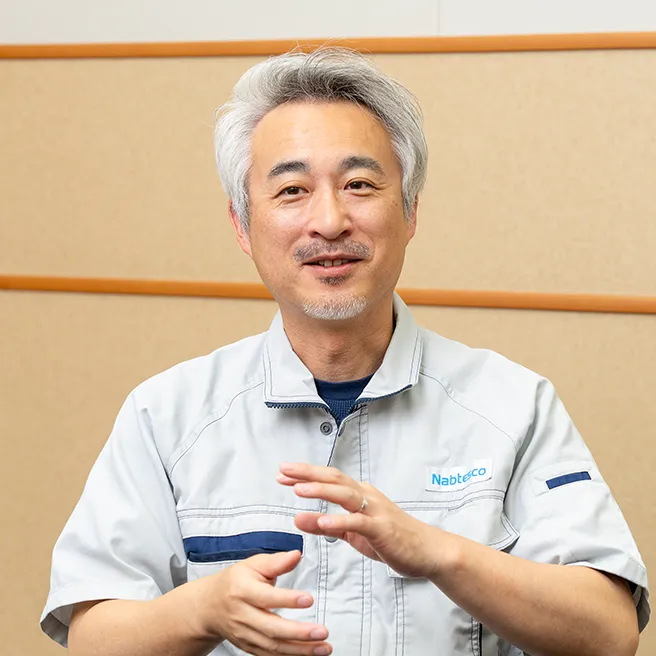
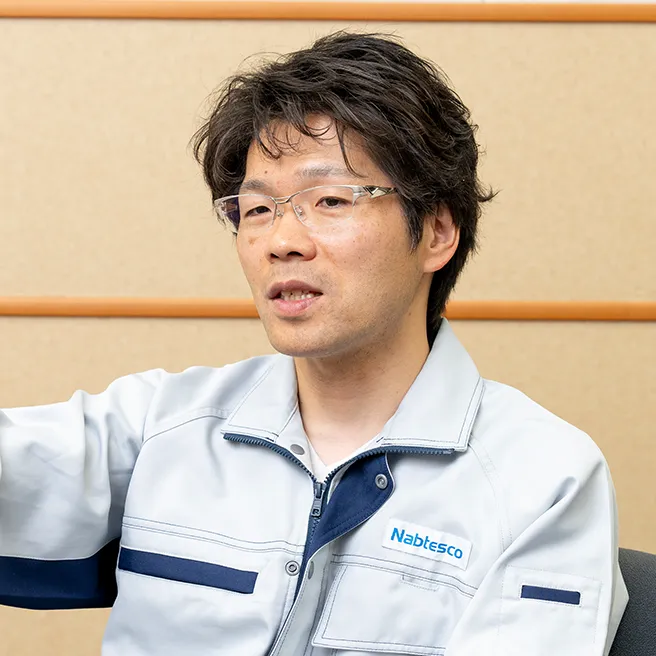
Kawasaki : We've already released a few announcements highlighting Telegraph Agent's fuel-saving benefits. To test its effectiveness, we've conducted trials in sea areas where external disturbances like weather and currents remain fairly stable. The vessel would operate with the system on and off under the same conditions, and we'd compare fuel consumption. One captain who participated in the trial told us they kept Telegraph Agent switched on at all times, except for the specific times when it was required to be turned off. That kind of feedback is a clear sign the system helps ease the burden on captains.
It sounds like you're getting closer to fully autonomous ships.
Maeda : What Pythia, Cassandra, and Telegraph Agent currently do is monitor the vessel's condition in real time, determine the optimal route and cruising speed, and keep the speed consistent. But to achieve true autonomous navigation, you also need to automate the rudder system so the ship can stay on the calculated optimal course. That's why we're planning to collaborate with companies that have the necessary technologies to develop systems like ECDIS (Electronic Chart Display and Information System) and autopilot (autonomous steering systems).
Kawasaki : It may already be technically possible to automate an entire voyage, from departure to arrival. But simply achieving that kind of automation isn't the end goal. The real challenge is making the technology affordable and practical for real-world use. After all, we're aiming to solve the broader challenges of the maritime shipping industry. If the technology isn't accessible to those who need it, it doesn't serve its purpose. So, to go beyond the technical realization of autonomous ships and getting to the point of widespread adoption will require many more breakthroughs. Telegraph Agent is a stepping stone—something that incorporates just a portion of our research and helps bridge the gap until fully autonomous ships become mainstream. We believe in moving forward on two tracks: long-term R&D aimed at realizing the future vision, and short-term innovation that helps address current challenges. Balancing both is essential if we're serious about solving the social issues at hand.
Hard work, passion, and a deep respect for the front lines
What other challenges are you currently facing?
Kawasaki : Traditionally, our marine shipping business at Nabtesco has mainly served engine manufacturers and shipbuilders. But with these four new products, our customers are now shipowners and operators. This shift in our target clients leads to many changes, including how we operate as a business. I've seen firsthand how much effort Mr. Maeda has put into managing that transition.
Maeda : It's not just the type of business that changes. The regulations, customs, and expectations are also completely different when dealing with different countries and regions. Personally, I enjoy taking on new challenges, but not everyone feels the same way. Some prefer to stick to the way things have always been done, which makes it tough to get everyone aligned and on board. I wouldn't say we've found all the answers yet. We're still learning as we go, figuring things out on a case-by-case basis.
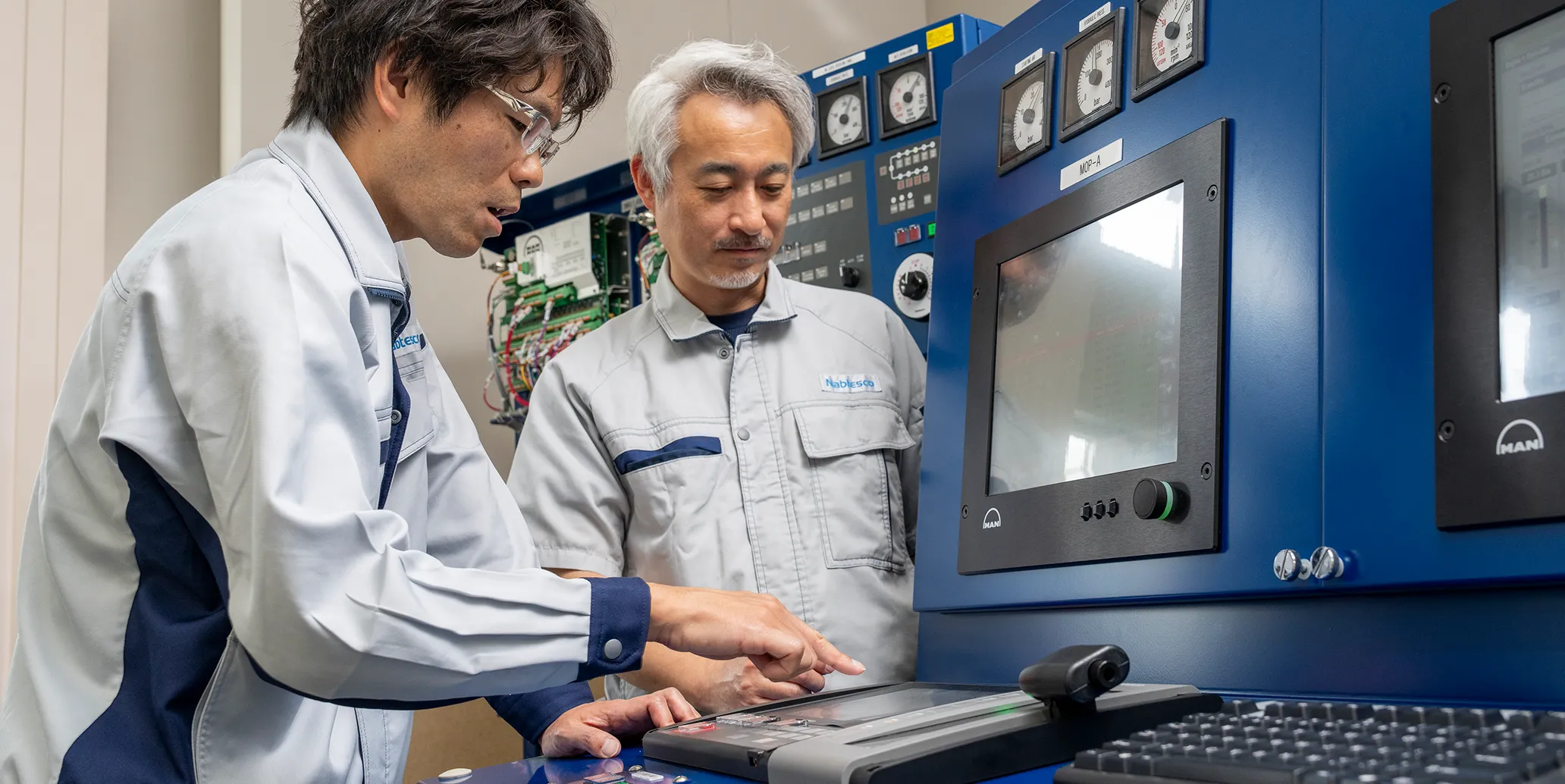
It's clear that the project is still evolving, but hearing your perspectives, I can't help but feel optimistic about its future. As a final question, what do you each believe is the key to successful innovation?
Kawasaki : In product development, we often talk about technology-driven versus market-driven approaches. If we only focus on the technology-driven part—pushing existing technology to its limits—we risk losing sight of what users actually need. On the other hand, if we focus only on the market-driven part—responding to customer demands—it's hard to create the kind of innovation that transforms society. What's really important, I think, is for engineers themselves to engage directly with customers and users, and then build a clear vision of the future they want to create. Once we have that vision, we keep testing, refining, and adjusting course as needed, all while moving steadily forward with development. In the end, innovation comes from a relentless pursuit of craftsmanship, driven by passion.
Maeda : Having spent many years working directly with ships and crews, I've seen just how tough life can be for the people who work in this industry. Once a seafarer sets sail, they're on their own for long stretches of time with no help, and even those working off the ship often have to plan their lives entirely around the vessel's schedule. I'm always thinking: "Isn't there something we can do to make things easier for these people?" And the more I've listened to their stories and heard their struggles, the stronger that feeling has grown. So if I had to name one key to innovation, I'd say it's this: really paying attention to what's happening on the front lines. No matter how small the issue, if you don't overlook it, and take the time to understand and respond to it, innovation will follow. This is why, even now, though I'm no longer in the field every day, I make a point to visit the sites whenever I can.
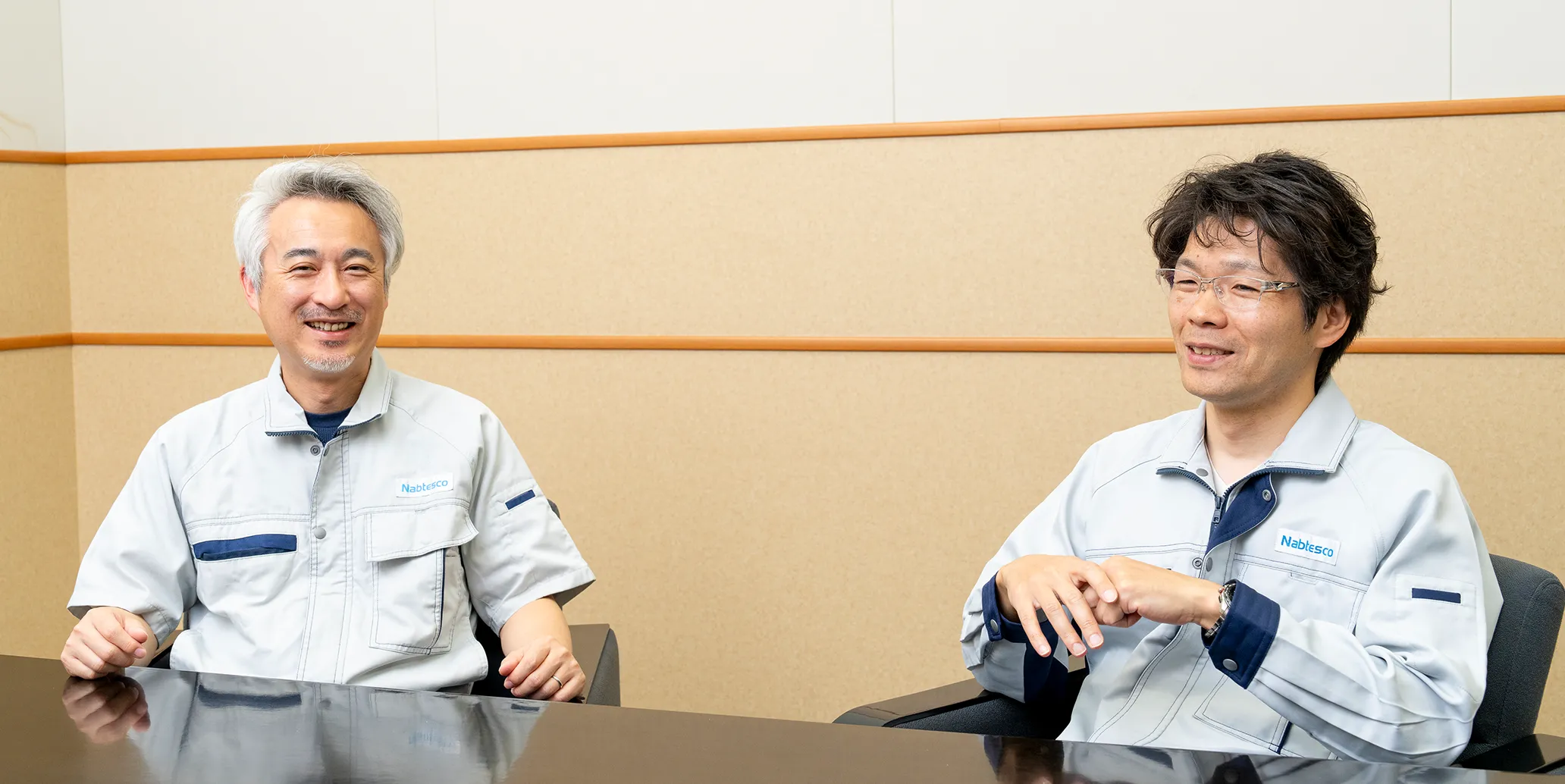
Left to right in photo
Atsuhiko Maeda Group Leader, Business Solutions Group, Design Department, Marine Control Systems Company
Naoyuki Kawasaki Group Leader, Technology Strategy Group, Development Department, Marine Control Systems Company
Interview : April 2025
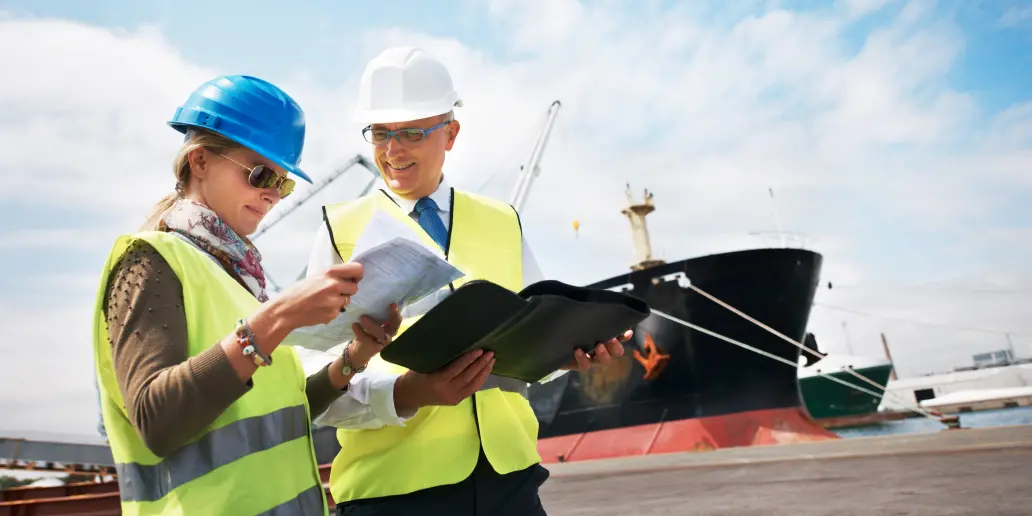
Marine Vessel Equipment Business
We are combining the remote control system for main engines, our main product, with AI-powered software to enable optimal vessel operation, reduce crew workload, and improve fuel efficiency. We are actively developing technologies that support autonomous navigation and reduced environmental impact, helping shape a more sustainable future for maritime transport.
Nabtesco's approach to creating innovations
Intrapreneurship program"Light"
This program aims to foster entrepreneurial spirit and create innovations and new businesses. Specifically, challengers (employees) with business ideas work with accelerators (the secretariat and external experts) to refine their ideas and try making business proposals in a context format.
Accelerating open innovation"Nabtesco R&D Center"
Nabtesco is seeking to actively collaborate with external parties, i.e., companies and universities, through open innovation. Nabtesco R&D Center, located in Kyoto Research Park, is the hub for this initiative. In addition to accelerating development by utilizing 3D printers, we are promoting incorporation of various insights through external collaboration and development of global, technical talent.
Promoting strategic IP management"IP Landscape"
We believe that intellectual property strategies also play an important role in ensuring that Nabtesco will remain an innovation leader for a medium-to-long term. Therefore, we analyze IP (intellectual property) information using a method called "IP landscape" to search for market and customer needs and opportunities for new businesses, study technological trends of competitors and implement testing of development themes.


